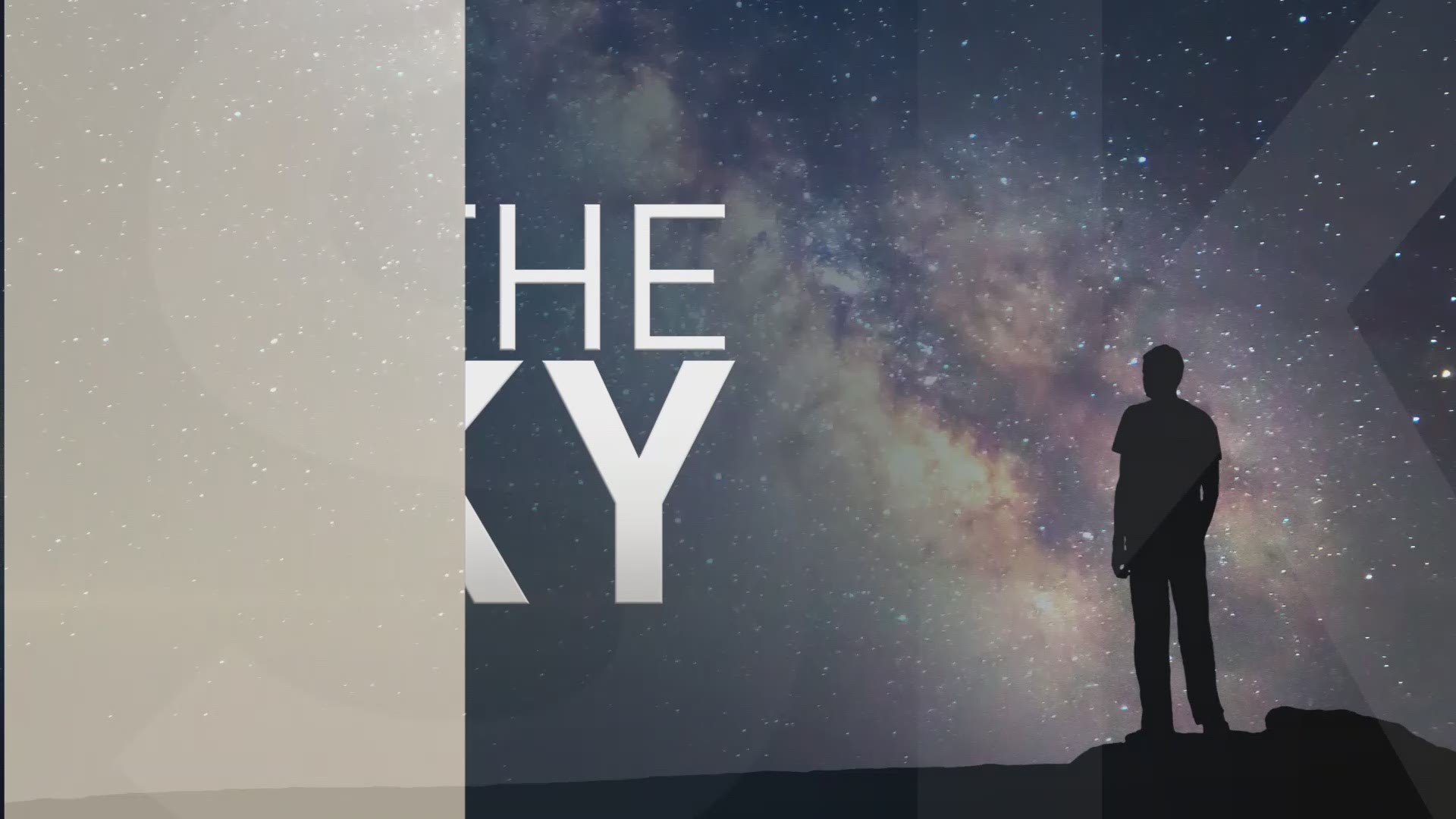WASHINGTON — One of the year's most exciting celestial shows is about to put on an impressive display.
The Perseid meteor shower has been active since late July, but the best chance for seeing them this year will start the night of Wednesday, Aug. 11, according to NASA.
It's long been considered "the best meteor shower of the year," with dozens of meteors able to be seen every hour during the warm summertime peak, the space agency explains on its website.
This year should be no exception and may be your best summertime meteor shower viewing opportunity for a while.
"With the crescent moon setting early, the skies will be dark for the peak viewing hours of midnight (local time) to dawn on Aug. 12," NASA explains. The space agency added that the night of Aug. 12-13 will be another great chance to see the Perseids.
The Perseids appear to radiate from the constellation Perseus, which is where the event gets its name, but tracking down the constellation isn't necessary because the meteors will appear throughout the sky.
These particular meteors are the result of space debris from comet 109P/Swift-Tuttle, which orbits our sun every 133 years. Giovanni Schiaparelli is credited with discovering in 1865 that Swift-Tuttle was the source of the Perseids.
"Every year Earth passes through these debris trails, which allows the bits to collide with our atmosphere and disintegrate to create fiery and colorful streaks in the sky," NASA explains.
Why Perseids in 2021 could be especially impressive
As EarthSky points out, 2021 could be a great year to see the Perseids because the waxing crescent moon will set early in the evening. With the moon below the horizon most of the night, the meteors won't have as much light pollution to compete against.
NASA noted that this year could be our best chance for summer meteor shower watching for a few years. That's because next year's Perseids' peak will occur during a full Moon and there will be a waning crescent moon high in the sky during 2023's peak.
What time do the Perseids peak
For best viewing in the Northern Hemisphere, NASA recommends going out during the pre-dawn hours, though it's possible to sometimes view meteors from this shower as early as 10 p.m.
Those hoping to catch a glimpse of this year's show can also use NASA's Meteor Estimator, which calculates how many meteors you can expect to see on a given date at a specific location.
How to view Perseids at home
If you aren't able to see the meteor shower where you live, or don't want to make the trip outside, NASA will be hosting a special live stream on Facebook, Twitter and YouTube starting at 11 p.m. Eastern on Aug. 11. NASA plans to host another live stream on Aug. 12, if conditions are too cloudy on Wednesday to see the Perseids.

